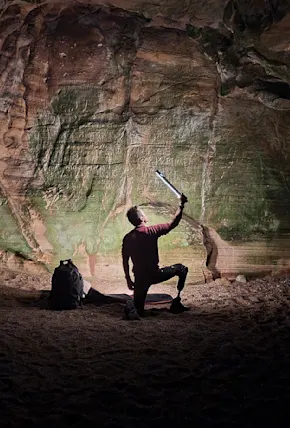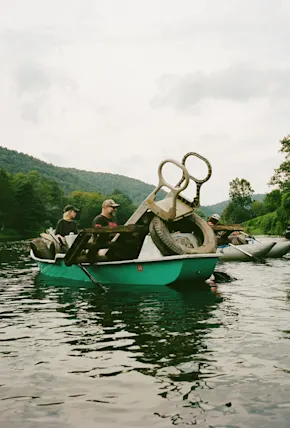In the heart of the Karakoram, where the incredible density of high mountains is indisputable but the political borders between countries aren't, the Trango Towers manage to stand out. Of these stark granite spikes rising out of the tangle of mountains and valleys, the 20,623-foot Great Trango Tower is most prominent. Ascending to its summit has long been a dream coveted by climbers; it was first accomplished in 1977 and has been returned to many times since. But until a few weeks ago, nobody had ever skied it. Many hadn't even thought about it.
Then on 9 May 2024 alpinists Jim Morrison, Christina "Lusti" Lustenberger, and Chantel Astorga achieved the first ever ski descent of the Great Trango Tower. Supported by a small team and The North Face, the feat makes history and proves once again the boundaries of ski mountaineering are always blurry.
A long time in the making, Lustenberger and Morrison first attempted to nab the first ski descent down Great Trango in 2023 with skier Nick McNutt but were turned away 500 meters below the summit by an impassable crevasse. Determined that their line could be drawn in that high snow, the two returned to Pakistan this year with a new team and found success—despite visa issues, health problems, and foul weather that kept them base camp-bound for weeks.
Recently, we caught up with the trio via email to find out how they pulled it off. Turns out, better beta on the mountains, plenty of good ol' fashioned teamwork, and the Monopoly Deal card game all had parts to play. Read on for the full interview with Morrison, Lustenberger, and Astorga.













